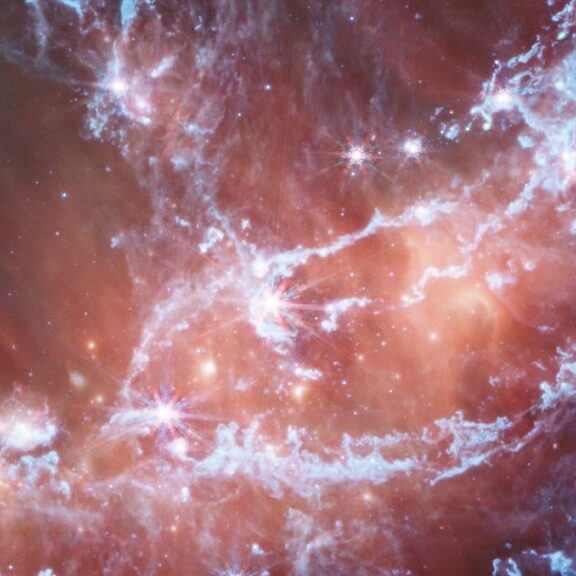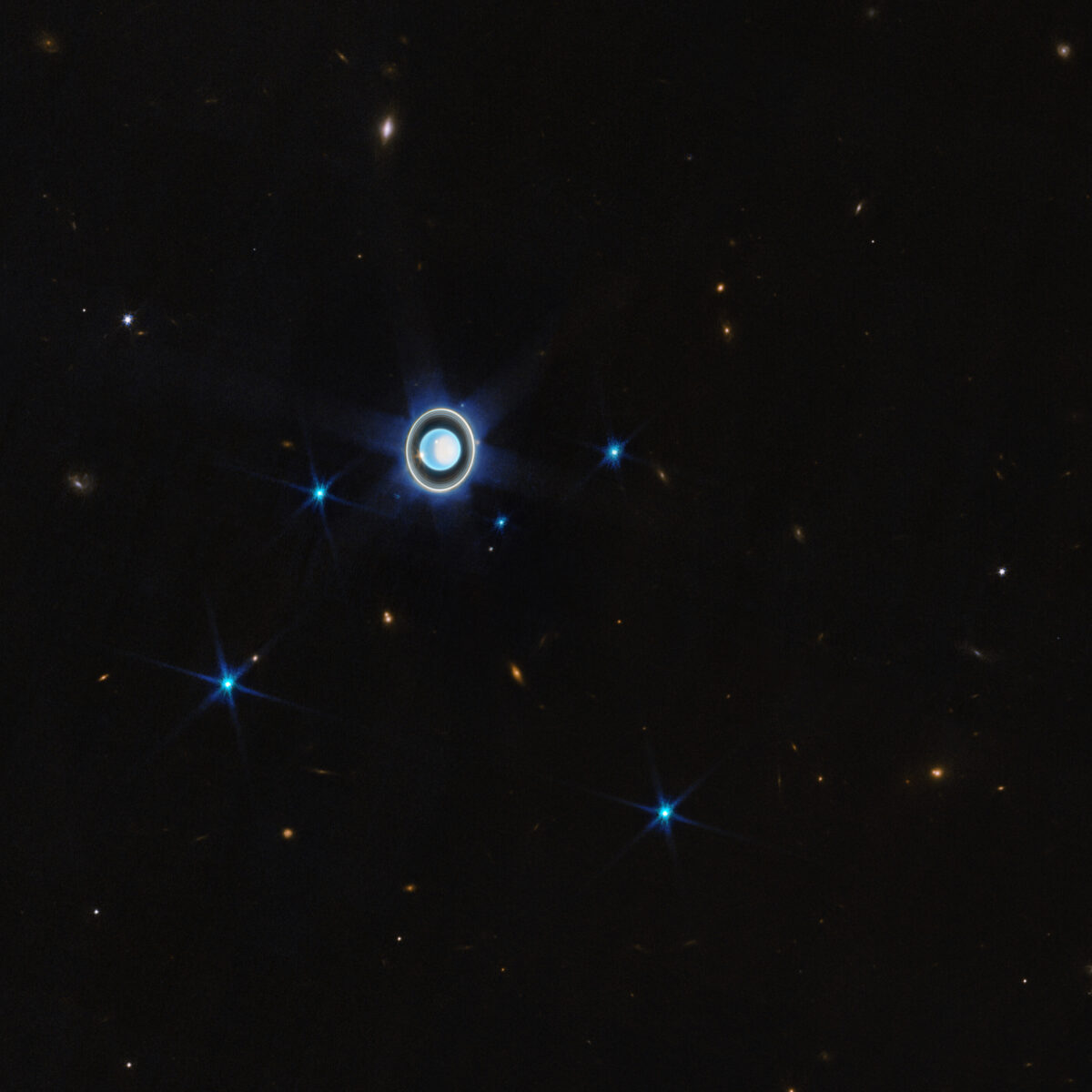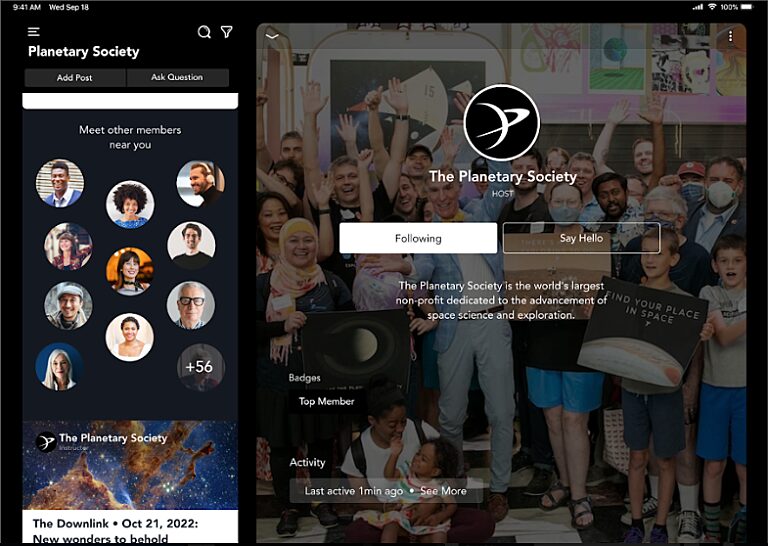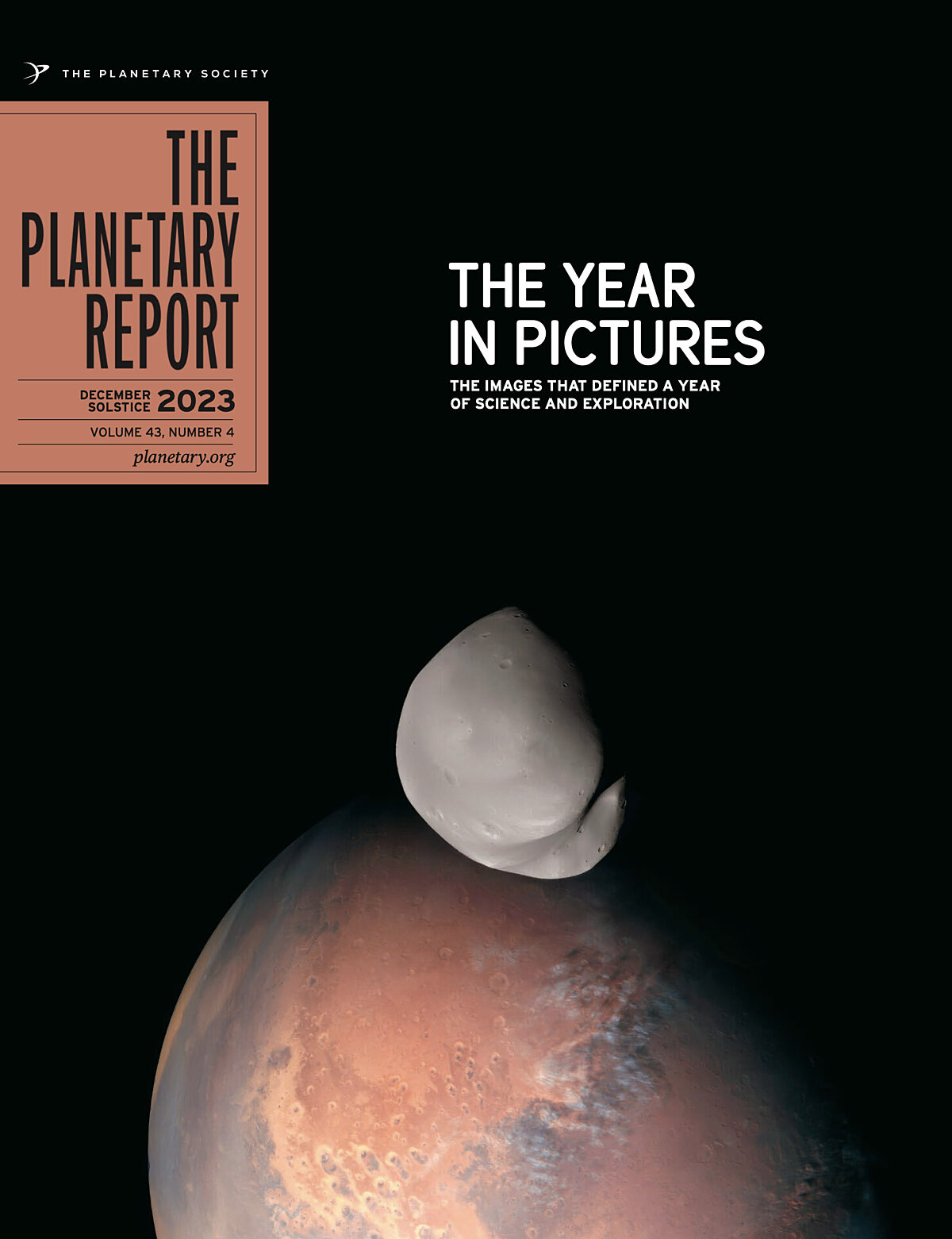
On the Cover: The United Arab Emirates Space Agency's Hope Mars mission captured this view of Deimos over Mars during a flyby on March 10, 2023. These new observations suggest that Mars' moons may have a planetary origin rather than being captured asteroids.
Download PDF
Features
December Solstice 2023
Looking for long waves
Why JWST observes in the infrared.
The year in pictures: 2023
Looking back at 2023 through the eyes of spacecraft.
Your impact: December solstice 2023
Space advocacy ramps up in Washington.
Your place in space
Seen and unseen
By Bill Nye, Planetary Society CEO
As has become our tradition, this issue of The Planetary Report looks back on the year in pictures. As I hope you expect, 2023’s images are fantastic and serve to recap this year’s events and achievements in space exploration. They’re also a wonderful way to invite people to share the joy of discovery. Whether a person is a space professional, a night sky enthusiast, or new to planetary science, everyone can appreciate these pictures. They’re beautiful.
Along with images captured with cameras that mimic our human vision, there are astonishing things out there that we can’t see without a little tinkering. Many of the images in this issue were sent down from the James Webb Space Telescope, which “sees” wavelengths in the infrared. These images are exciting and vital for our understanding of the Cosmos. Then there are those exoplanets that we know are there only because of how they momentarily obscure the light of their host stars beyond. And how about those cosmic phenomena that we can’t see at all because we aren’t sure that they’re even there, though we hope and expect that they are? What about our search for evidence of extraterrestrial life? Will we even know it if we see it? I think about this every (Earth) day.
As you’ll read later in this issue, The Planetary Society has been working year-round to advance the search for new insights about space, advocating to make further discoveries in our Solar System and beyond so that humanity might see more than ever before — more spectacular images, leading to more astonishing discoveries and more insights about what it means to exist in this Universe.
Your membership makes this work possible, and I thank you again for your support. I hope that this year-end roundup of stunning space images reminds you just how far exploration has advanced in the last 12 (Earth) months. This progress in our ability to see further into the Cosmos wouldn’t happen without people like you believing that it’s all worth seeing.
Members on deck
The year’s best astrophotography from our members
Planetary Society members are a varied bunch, with all kinds of skills, interests, and backgrounds. What they all share is a love of space. For some of our members, this love is expressed through astrophotography. Whether using advanced equipment or simply their smartphones, these photos from our members capture the majesty of the Cosmos and the beauty of the night sky for all of us to enjoy.
If you want to learn more about these photos and see the other submissions our talented members made to the year-end astrophotography contest, visit the “Look Up!” space in our online member community at community.planetary.org.


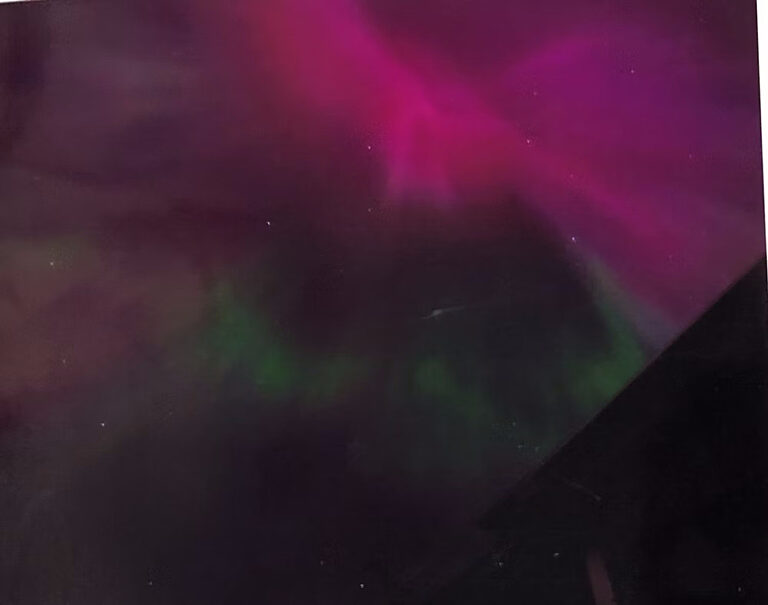
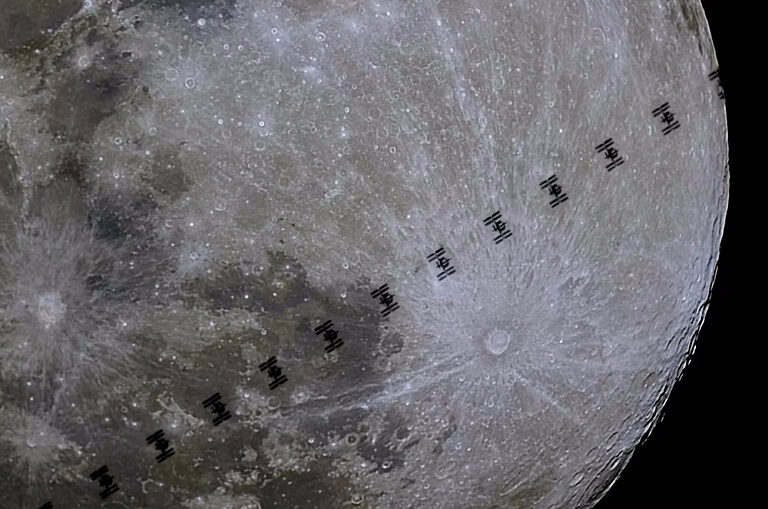


Get involved
Eclipse 2024
Total solar eclipses are fairly rare, and it’s even more uncommon for one to pass over huge, populated areas. That’s why we’re extraordinarily excited about the total solar eclipse that will pass over large portions of North America on April 8, 2024. An estimated 635 million people will be able to watch the Moon obstruct at least part of the Sun, including a rarer few who will see the Moon entirely block the Sun for a few minutes.
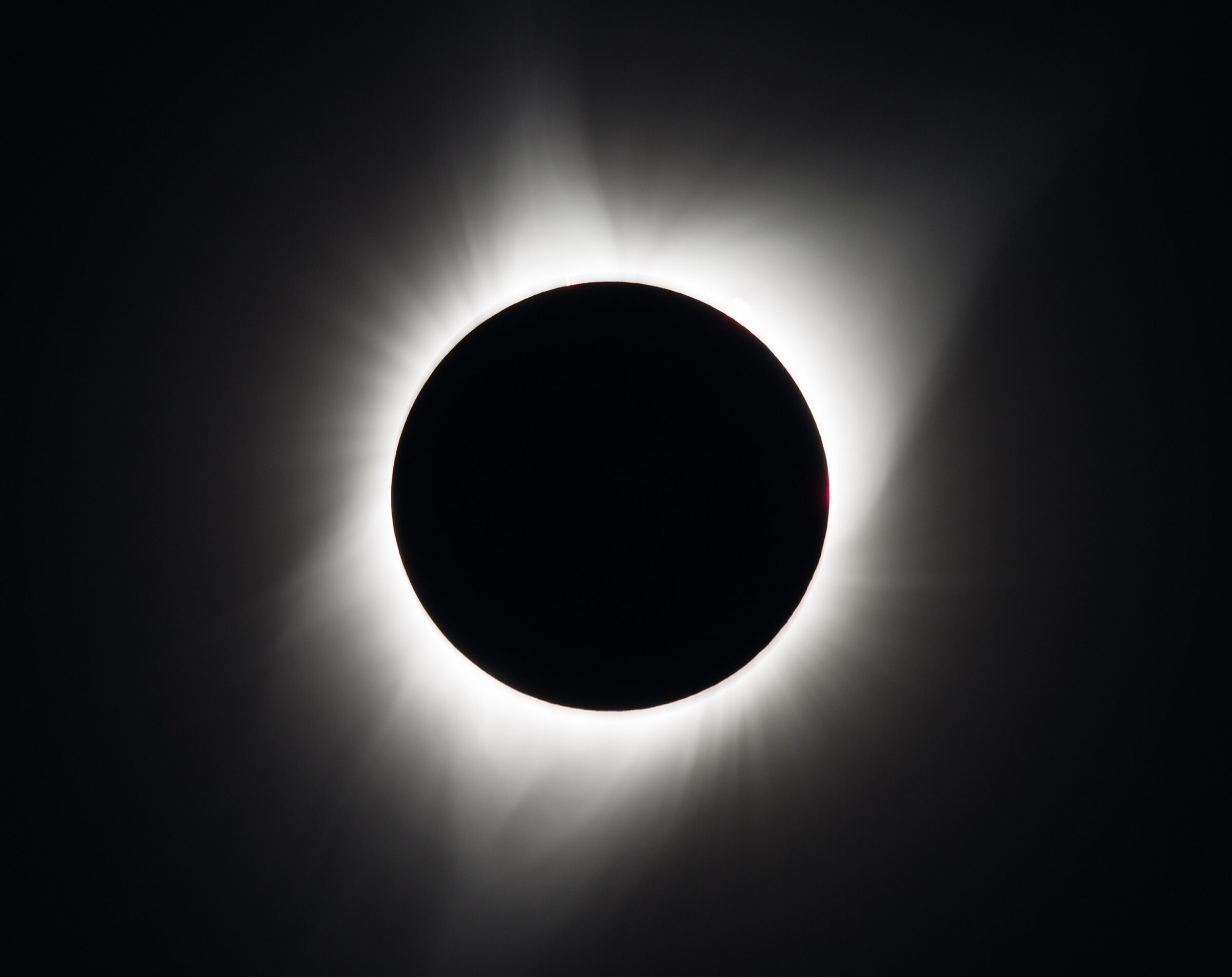
Eclipse-o-rama 2024: An eclipse festival for space enthusiasts
The Planetary Society is developing a once-in-a-lifetime opportunity to view the great North American total solar eclipse of 2024 with your fellow Planetary Society members. Join CEO Bill Nye and others in the Planetary Society family in Fredericksburg, Texas — one of the best viewing locations in the heart of the Texas Hill Country.
It will be two days of science, art, music, and space! Our family-friendly festival will feature special talks on astronomy and planetary science, exhibitor and vendor booths, star parties, music, food, and an unparalleled view of the eclipse.
The last total eclipse in North America was in 2017, and the next one after this one won’t happen for another two decades — in 2045! That’s why The Planetary Society is excited to offer a very special opportunity to watch this eclipse in person with your fellow members.
A solar eclipse is a remarkable celestial event, blending scientific wonder with cultural significance and an undeniable sense of magic. There’s no better place to watch the eclipse than with all your favorite space friends. Come join us! Go to planetary.org/eclipse to learn more.
The Eclipse Explorer Junior Ranger booklet
The Planetary Society is excited to once again collaborate with the U.S. National Park Service to provide an engaging and educational eclipse experience for children and families. The Eclipse Explorer Junior Ranger booklet features interactive activities, guidance from Planetary Society CEO Bill Nye, and more! Kids who complete the booklet will receive a badge and become a certified junior ranger. Booklets are available in participating parks.
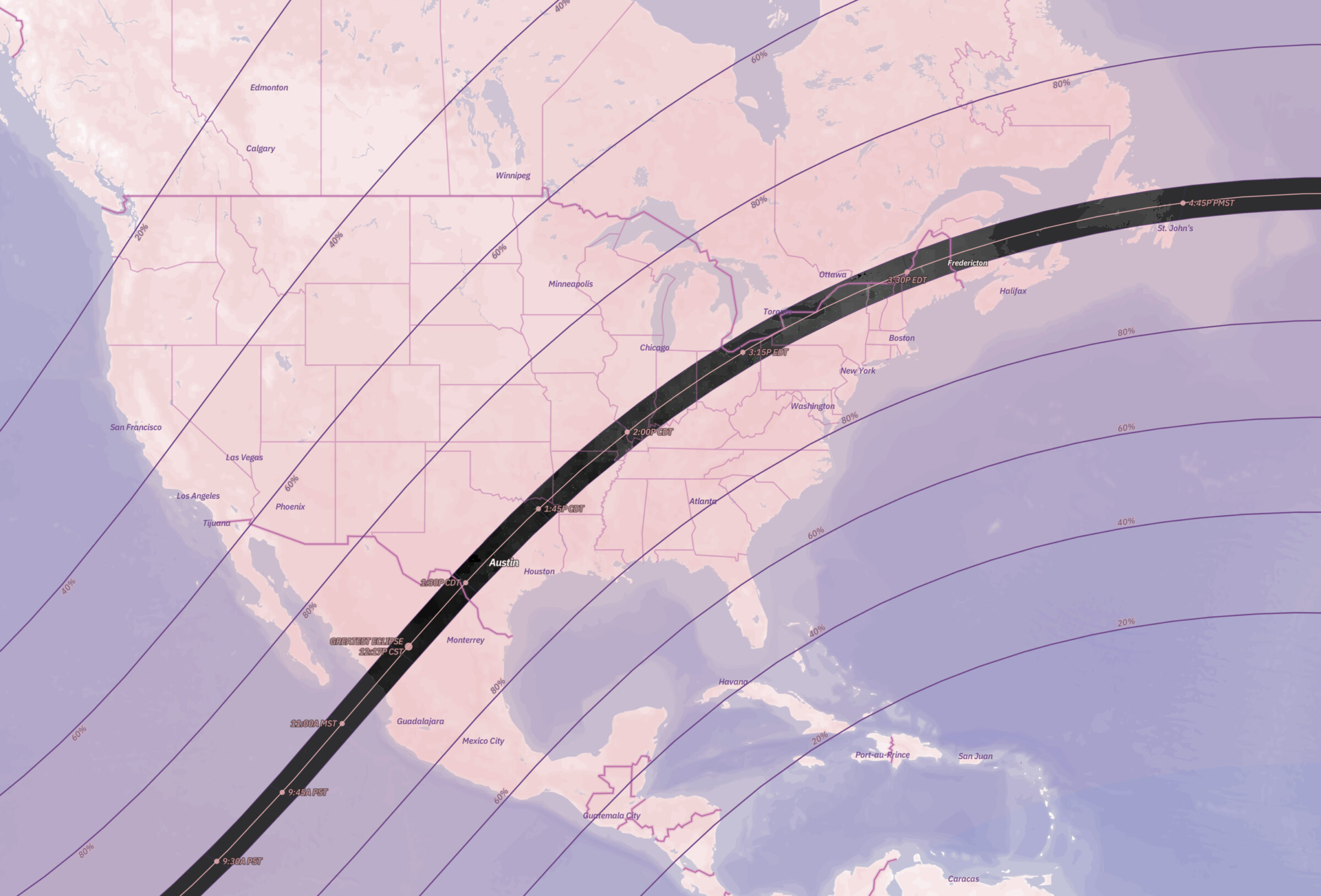
Interactive eclipse map
We’ve teamed up with The Eclipse Company to bring you an interactive map to help you find the best viewing spot for the total solar eclipse on April 8, 2024. Use the map to check cloud cover, see how long the eclipse will last in your location, and assess light pollution levels. Being prepared enhances the experience. We’ve prepared lots of eclipse resources for you! Check them out at planetary.org/eclipse.
- What is a solar eclipse? Your questions answered
- A guide to eclipse vocabulary
- Are your solar eclipse glasses safe?
- Why it’s worth getting into the path of totality
- A checklist for what to expect during the 2024 total solar eclipse
- A practical guide to the 2024 total solar eclipse
- Why it’s worth experiencing a partial solar eclipse
Celebrate space in your member community
More than 8,000 Planetary Society members have already joined our online member community, which launched earlier this year. Join them to learn more about the Cosmos and humanity’s efforts to understand it, hear from space experts at the forefront of exploration, watch launches and other major events, share your artwork and astrophotography, and just have fun! Go to community.planetary.org to log in.
Make a year-end donation to the Society
A year-end donation to The Planetary Society’s Planetary Fund is a powerful way to make an impact on our shared mission to advance space science and exploration. Make your gift today at planetary.org/planetaryfund.
For U.S. tax purposes, gifts must be received on or before the last day of the year. Here are some common methods of making a gift and their associated deadlines.
- Online credit card gifts: transaction completed by 11:59 p.m. EST (8:59 p.m. PST), Dec. 31, 2023.
- Checks sent via U.S. mail: postmarked on or before Dec. 31, 2023.
- Checks sent via third-party shipping (such as FedEx or UPS): delivered on or before Dec. 31, 2023.
- Credit card gifts via U.S. mail: received and processed on or before Dec. 31, 2023.
- Stock transfer: broker-tobroker instructions issued in time for completed transfer on or before Dec. 31, 2023.
Calendar of events
January
3–4
Quadrantids meteor shower peaks
February
1
20-year anniversary of Columbia Space Shuttle disaster
11
International Day of Women and Girls in Science
March
19
March equinox
25
Lunar eclipse (Australia, East Asia, Africa, Europe)
Beyond the horizon: The Planetary Society campaign to create space for everyone
The Planetary Society's leadership is proud to announce that we’re embarking on the final public phase of our most ambitious comprehensive fundraising campaign ever. The goal for the effort — called Beyond the Horizon: Creating Space for Everyone — is to raise $40 million over five years to explore worlds, search for life, defend Earth, and grow and strengthen the Society. With the help of our members and donors like you, through this campaign we seek to connect everyone with the beauty, adventure, and promise of space exploration.
In 2019, under the leadership of Bill Nye and our board of directors, the Society adopted a visionary five-year strategic framework called Space for Everyone. This framework embodies our commitment to you, the explorer. In it, we outlined our priorities for organizational decision-making through 2024 and beyond. As our plan has unfolded, we have added more opportunities to participate in the great adventure of space — programs you will recognize, like the quickly growing Planetary Academy for kids and our new wildly successful online member community.
Supported by a generous $9 million lead gift from fellow member Taner Halıcıoglu, the Society has been able to achieve growth not seen since our founding decade. If you were with us for our Planetfest ’21 virtual fundraising gala, you will remember that’s where we first shared the news of Taner’s amazing commitment. And now, as of December 2023, we are excited to announce that we have raised an astounding $32 million toward our $40 million goal! With a deadline of Dec. 31, 2024, we are now poised — with your help — to complete and even exceed our campaign goal.
Day by day, we reach more and more of the world’s citizens with our message that space is for everyone. We celebrate Taner’s momentous gift, but it will not be any one individual who makes these things happen. It will be a society of people — members like you — who believe that space exploration is a worthy use of our intellect and treasure. By harnessing our collective passion, we can change the course of history. With a transformative goal of $40 million, the Beyond the Horizon campaign will grow and strengthen the Society and fuel our efforts to explore worlds, search for life, and defend Earth. And with your support, we will help everyone come to know the Cosmos and our place within it.
This spring, the Society will launch a special appeal to members for support of the Beyond the Horizon campaign. If you have any questions, please reach out to Chief Development Officer Richard Chute at [email protected].
Richard Chute,
Chief Development Officer
Initiatives
Beyond the Horizon embodies three calls to action for the Society and its members.
DISCOVER
Together, we will:
- Explore Worlds — increase discoveries about the worlds of our Solar System and beyond
- Find Life — elevate the search for life as a space exploration priority
- Defend Earth — decrease the risk of Earth being hit by an asteroid or comet
CONNECT
Together, we will:
- Build a larger and more diverse, international, effective, and empowered community
- Grow and strengthen our community
- Inspire public knowledge and appreciation
- Increase international participation
ADVANCE
Together, we will:
- Increase our capacity
- Build our reputation
- Improve our effectiveness
What's up?
A hard-to-pronounce meteor shower
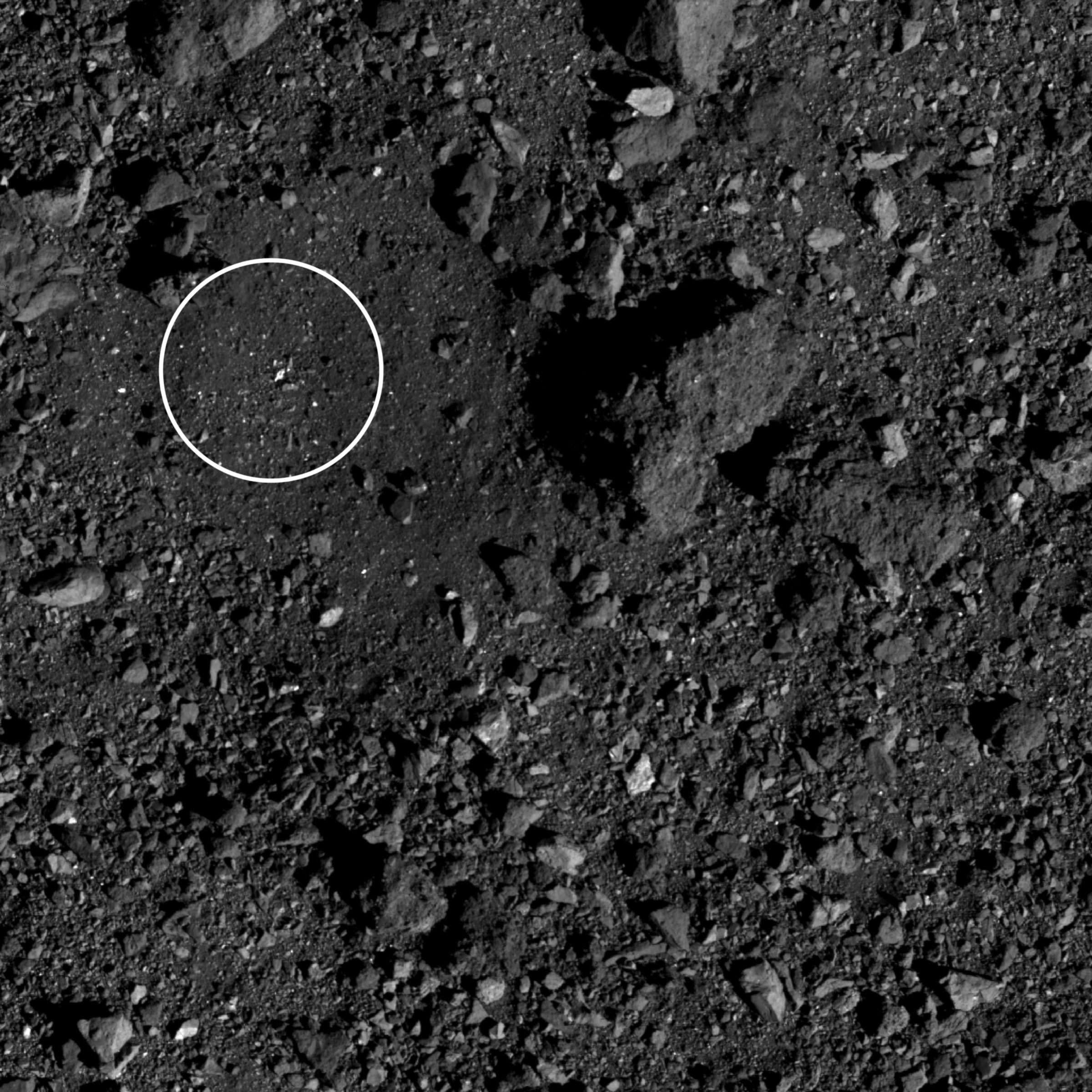
By Bruce Betts, Planetary Society Chief Scientist
In the sky
Super-bright Venus is in the pre-dawn east, dropping lower to the horizon as the weeks pass. Reddish Mars is very low in the pre-dawn east in February, getting higher in March. Venus and the much dimmer Mars are less than 1 degree apart Feb. 21-23 but may be hard to view, being very low to the eastern horizon. Very bright Jupiter is high in the evening sky, moving to the west as the weeks pass. Yellowish Saturn is in the early evening west dropping toward the horizon as days pass, becoming hard to see by February. Mercury is low in the pre-dawn east below Venus in mid-January. Mercury is low in the evening twilight west below Jupiter in late March. The hard-to-pronounce (for me at least) Quadrantids meteor shower peaks the night of Jan. 3/4. The Quadrantids can be an above-average shower near its peak, with 20 meteors per hour from a dark site. A third-quarter Moon will rise around midnight and wash out some of the dimmer meteors this year. For more night sky tips, you can always check out planetary.org/night-sky.
Random space fact
Scale model: If the Sun was in New York City and Earth in Philadelphia, then Neptune would be in Los Angeles.
Trivia contest
Our June solstice contest winner is Jim Secosky of Loveland, Colorado, USA. Congratulations! The question was: On the asteroid Bennu, what were the names the OSIRIS-REx team assigned to the final four sampling sites they considered before choosing one of them to sample? The answer: Nightingale, Osprey, Sandpiper, and Kingfisher. They chose Nightingale to sample.
Try to win a copy of the new book “Casting Shadows: Solar and Lunar Eclipses with The Planetary Society” by Bruce Betts and a Planetary Radio T-shirt by answering this question: What did NASA name the Mars helicopter Ingenuity’s first takeoff and landing airfield on Mars?
Email your answer to [email protected] or mail your answer to The Planetary Report, 60 S. Los Robles Ave., Pasadena, CA 91101. Make sure you include the answer and your name, mailing address, and email address (if you have one). By entering this contest, you are authorizing The Planetary Report to publish your name and hometown. Submissions must be received by March 1, 2024. One entry per person. The winner will be chosen in a random drawing from among all the correct entries received.
Astronomical art
Farewell to Bennu
OSIRIS-REx finished its journey to bring an asteroid sample back to Earth this year in September after being in space for seven years. The whole time it was out there, it remained on the minds of space enthusiasts around the world, including Planetary Society member Danielle Rose. She made this watercolor painting to capture the moment that OSIRIS-REx departed the asteroid it had been sent to study. With OSIRIS-REx now on its way to another asteroid target, it will no doubt continue to inspire wonder and imagination in the minds of those who love space.
Do you want to see your artwork here? We love to feature our members throughout this magazine. Send your original, space-related artwork to [email protected].
The Planetary Report • December Solstice 2023
Help advance space science and exploration! Become a member of The Planetary Society and you'll receive the full PDF and print versions of The Planetary Report.


 Explore Worlds
Explore Worlds Find Life
Find Life Defend Earth
Defend Earth


